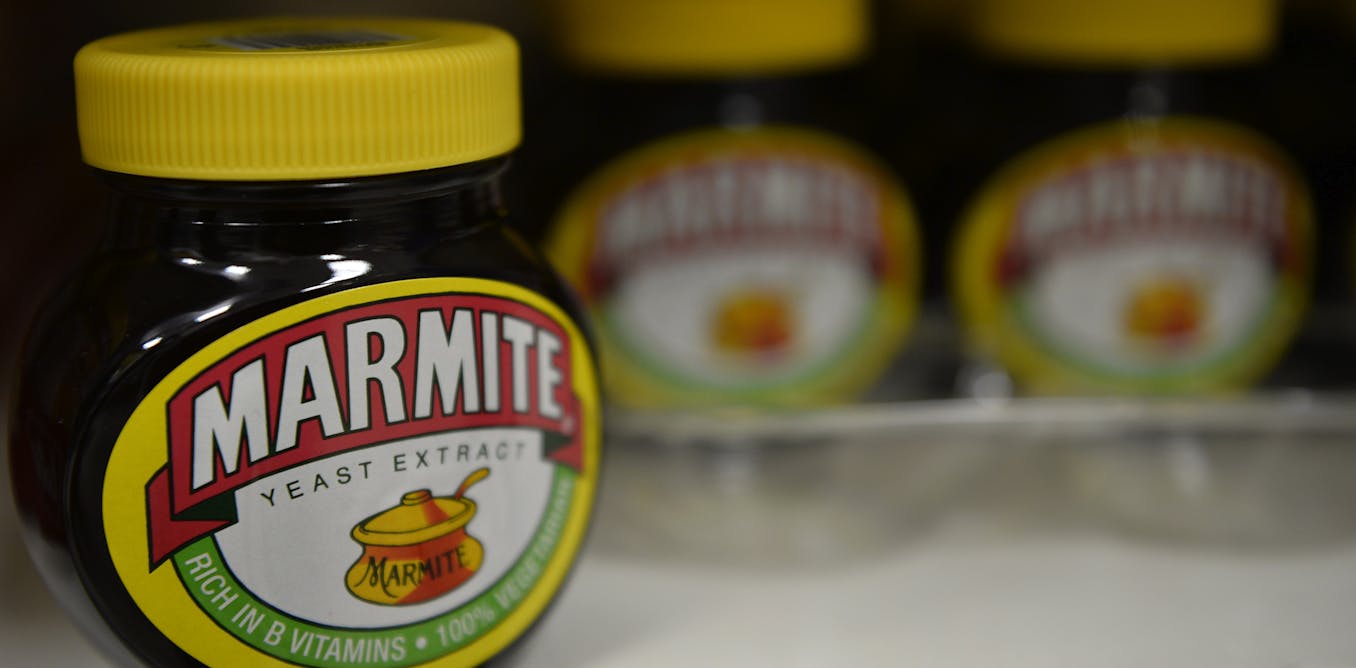
- Select a language for the TTS:
- UK English Female
- UK English Male
- US English Female
- US English Male
- Australian Female
- Australian Male
- Language selected: (auto detect) - EN
Play all audios:
Martin Friesl ne travaille pas, ne conseille pas, ne possède pas de parts, ne reçoit pas de fonds d'une organisation qui pourrait tirer profit de cet article, et n'a déclaré aucune autre
affiliation que son organisme de recherche.
The consumer goods giant Unilever is in the business of what is called “fast moving consumer goods”. And in this business – as the name suggests – speed is the name of the game. But speed
requires control. Unilever’s decision to consolidate its corporate structure and move towards a single HQ in Rotterdam is an attempt to increase control and make faster decisions about its
global product portfolio.
Unilever’s decision is not as surprising as some sections of the media have portrayed it. Indeed, one could argue that it is not surprising at all if considered in the wider context of the
company’s history. For much of its past, Unilever was a “federation” of highly localised businesses that benefited from high levels of autonomy. This structure was partly due to the merger
between Dutch margarine company Uni and the British Lever Brothers. But it was also due to the geo-political uncertainties for cross-border trade created by the Second World War, which
required the firm to decentralise.
While this allowed Unilever to tap into local markets and be attuned to local taste, it also came at a cost – control. Speedy decision making on the overall portfolio of brands and
management across businesses and borders became increasingly challenging. These challenges were not unique to Unilever, they were shared by many businesses – most notably Philips. It took
Philips enormous restructuring efforts to strengthen its product divisions, now a famous case study taught at many business schools.
Unilever’s strategic moves for the last two decades, such as the focus on high growth markets and the consolidation of its brand portfolio, can be interpreted as an attempt to increase
control. So the consolidation of its global headquarters in a single location is yet another step in an ongoing chain of strategic decisions.
Decision making power on the portfolio of brands is centralised in a single entity. The new head office will have larger decision making powers which will enhance Unilever’s ability to act
more quickly. In the past, corporate functions were split between the UK and the Netherlands, which required close coordination. The new structure will allow Unilever to act and react in a
more agile way, for instance in order to seize acquisition opportunities.
Consolidating its HQ will allow Unilever to sharpen its central functions. A challenge for diversified firms, such as Unilever, is to create a corporate centre that adds value to the
business over and above its cost. One of the dangers of a split headquarters is the duplication of functions, increased costs and a lack of focus on how central functions serve the product
divisions.
The move towards a single, listed entity improves Unilever’s ability to navigate today’s complex global political landscape. Up to now, Unilever has been run by two legal entities in two
different jurisdictions, with two different stock listings.
Unilever denined that the move to Rotterdam is due to Brexit. But being headquartered in the Eurozone still acts as a shelter against the political uncertainties of the UK’s departure from
the European Union.
Finally, the consolidation of headquarters also puts stronger managerial attention and focus on the product divisions and its world famous brands rather than manoeuvring a complex and costly
corporate structure. This is where the focus should be.
Unilever’s move is symptomatic of how large, well established corporations try to deal with the increasing need for speed – the adoption of leaner corporate structures and more focused
product portfolios. For instance, soon after becoming CEO at German technology giant Siemens, Joe Kaeser decided to scrap the company’s sector structure (a layer of management between
product divisions and head office) which was put in place by his predecessor.
Instead he wanted a stronger focus on a smaller number of product divisions. The reasons were inflated cost and increased complexity, which affected Siemens’ ability to move fast. General
Electric’s recent restructuring followed a similar pattern and logic.
Unilever might have created a speedy engine, but can they start it? The challenge for Unilever will be to fill the new structure with life. It’s easy to create new legal entities, move
organisational units and redraw reporting lines – on paper. It is quite another matter to rewire the firm’s power base, which has been established for decades. So while Unilever’s decision
is the right one, it still needs to make sure it actually gets it right.

